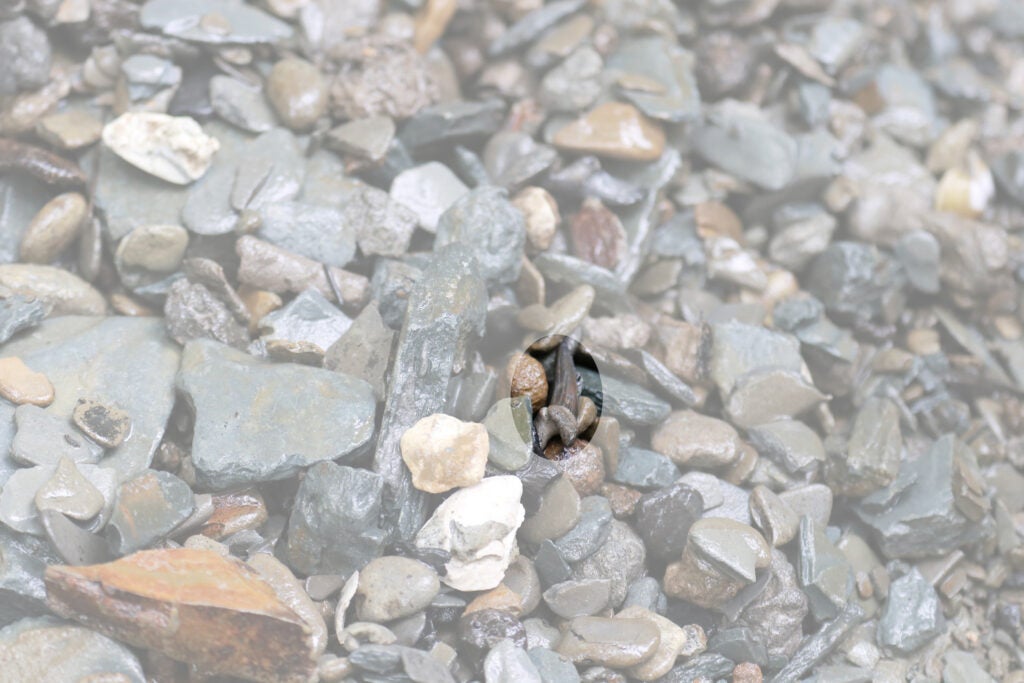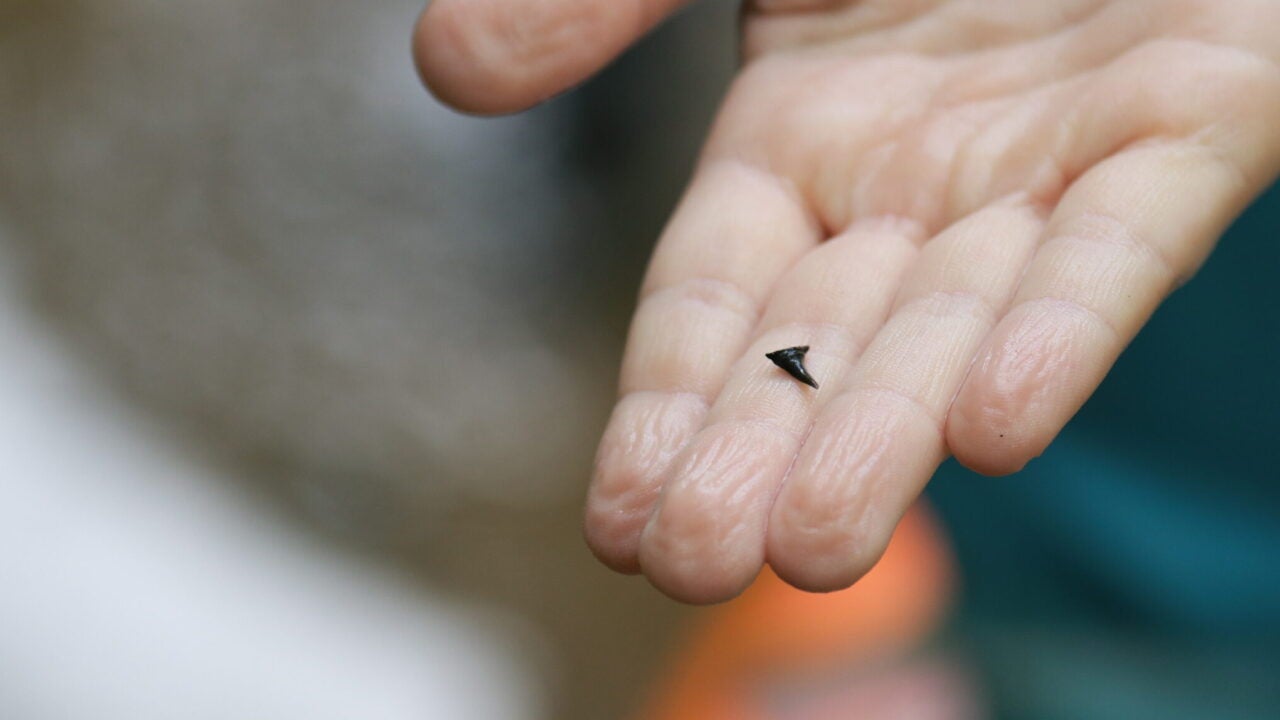Several times a summer, three vans depart The University of Alabama, bound for Shark Tooth Creek. For years, the Alabama Museum of Natural History has hosted fossil expeditions to the sandy creek bed where shovels full of clay and gravel can yield prehistoric finds.
The vans are packed to the doors with kids, parents, grandparents and a few amateur paleontologists who just love the hunt. The Alabama Black Belt represents an ancient coastline, so the fossil expedition site was once ocean shallows teeming with marine life, the hunting grounds of sharks and mosasaurs.
“Once you get in this creek bed and start looking through the gravel, you start seeing these 84- to 85-million-year-old marine fossils,” said Dr. John Friel, director of the museum.
Friel has been leading the expeditions since his 10-year tenure at the museum began.
“[This site] works really well for families,” he said. “It’s just a great shared experience and a way to reconnect with the natural world.” One of the qualities that makes the fossil excursions an ideal gateway experience into fossil hunting is the sheer abundance of “treasures” to find.
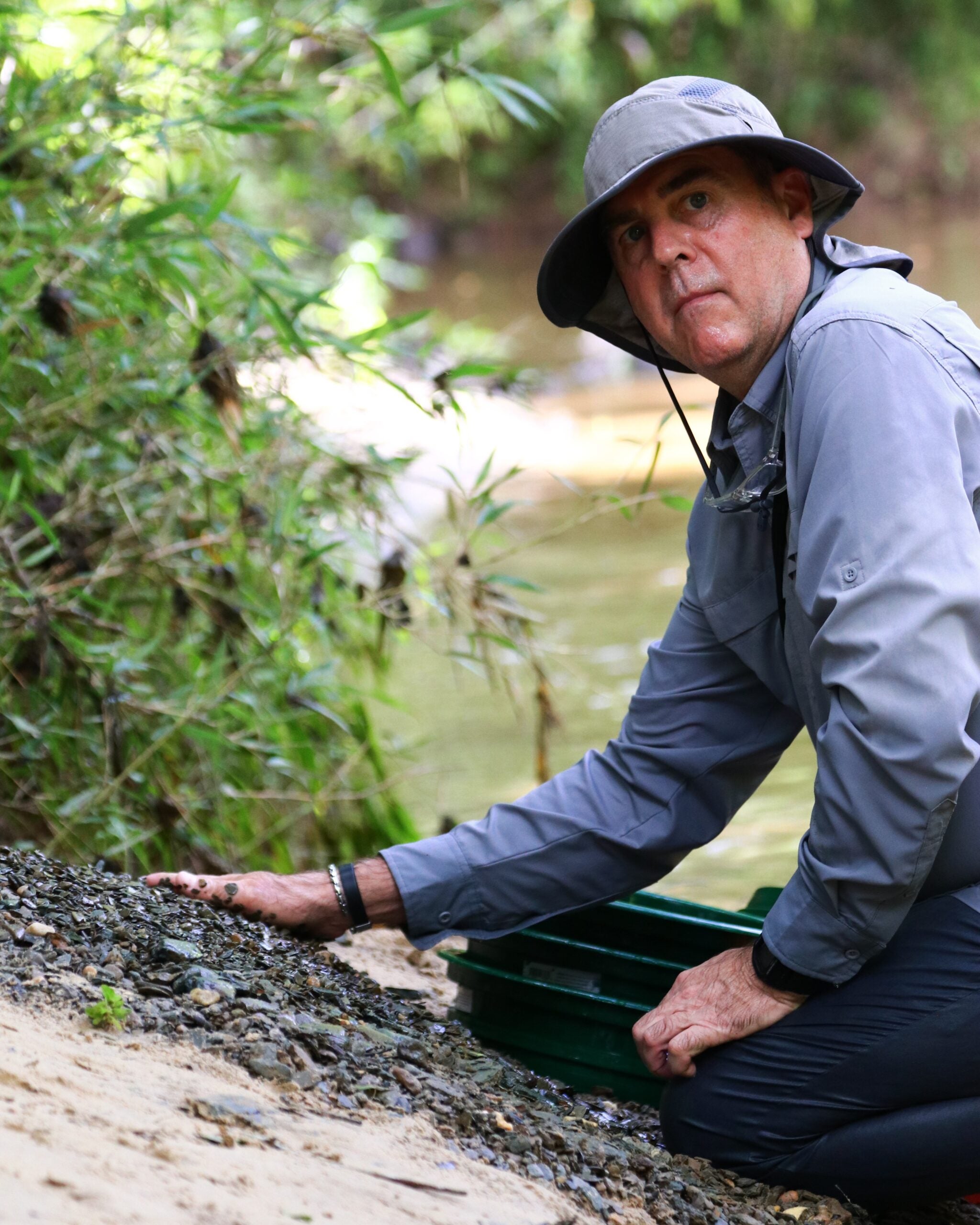
Fostering a love of fossils
No one leaves empty-handed, or even with only one fossil. With every shark shedding and regrowing thousands of teeth over a lifetime, this layer of Alabama geological history is a rich vein. It’s a great way to dip your toe into paleontology as a hobby, said Friel, or even form the basis of a lifelong passion.
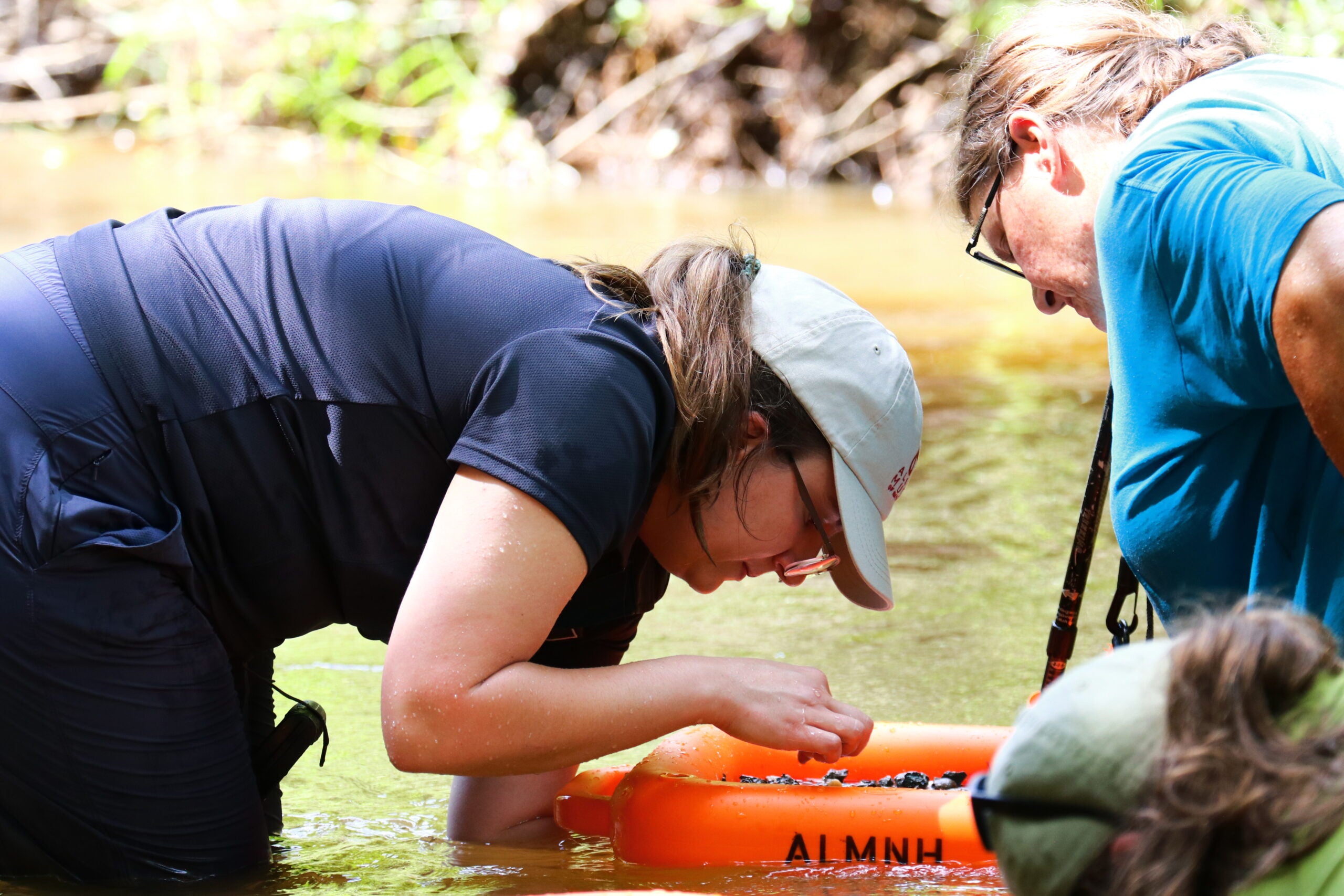
Every now and then, a major find comes to light. Last year, two expeditioners each found a fossilized toe bone of a theropod dinosaur. One of those was a local mom who had joined the trip mainly for her dinosaur-loving kid. However, the find was significant enough that it justified academic attention.
Bruce Relihan, who had found the other toe bone nearby on an earlier trip, was present at the June hunt. He’s been attending every hunt he can each summer for several years; it’s a bit like an adult Easter egg hunt, he said.
After learning about the therapod toe find, Relihan realized he had pocketed something very similar. Bruce donated his find to the University, as participants are asked to do if they find something unusual or significant. In this way, every single participant has the potential to be part of Alabama’s official scientific body of knowledge.
“That needs to be somewhere,” Relihan said. “It doesn’t do anybody any good if it’s just hidden away.”
The rest of the iceberg: the Department of Research and Collections
While the Alabama Museum of Natural History houses UA’s public-facing collection of natural history specimens and exhibits, a much larger collection resides nearby in the Alabama Museum of Natural History Collections. It is to these shelves that many of the donated specimens collected during fossil hunts go.
Dr. John Abbott is not only UA’s resident dragonfly expert, but he is also the chief curator and director of the Department of Museum Research and Collections. Alongside three other curators for the history, paleontology, invertebrate zoology and NAGPRA collections, Abbott oversees the management of the collections and access to them by the University community.
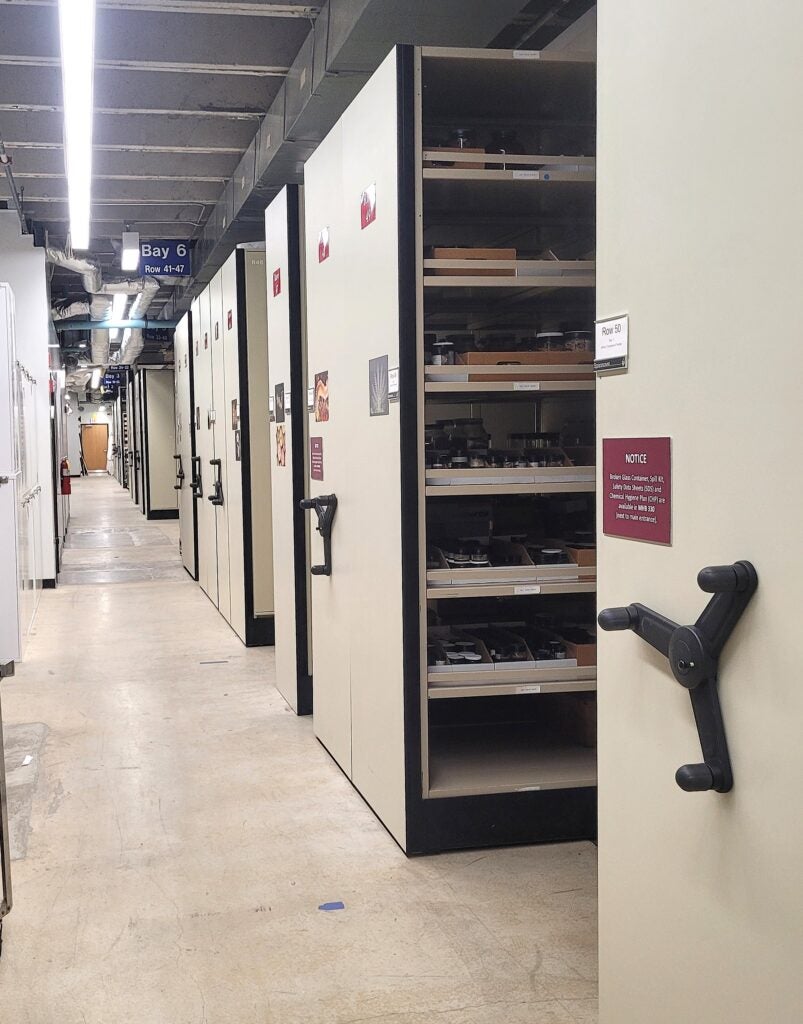
“We have an estimated 5 million objects and specimens,” he said. “Probably north of that.” Before 2016, the University maintained the collections, but there was little scholarly activity around the contents. His primary goals were to update the collections to modern storage standards and to and build a vibrant research component within the museums.
“I think we’ve done a great job of utilizing the collections, both in scientific research and in making sure that the UA community knows about it,” Abbott said. “We’ve done a lot to engage with students, faculty and staff, and we have developed a strong research program in paleontology, archaeology, invertebrate zoology, history and entomology.”
Abbott and the other curators have prioritized collections-focused grants to improve the collections themselves. “Within the department, we’ve gotten a number of grants from different sources that have brought in and funded students, postdocs, and the research itself, with a good number of publications.”
The work funded by these grants includes things like rehousing specimens into modern standards and digitizing the collections. “If people don’t know what we have, they’re not going to come and request to see it,” he said. This not only gives researchers around the world the ability to research using the UA collections but also helps bring in the UA community they ultimately serve.
How does one get access?
“It’s a valuable collection, and so it is protected,” Abbott said. “But if students have a need or an interest in the collection, then we facilitate their access.”
Naturally, this doesn’t mean a student can simply pull the ancient mastodon femur off the shelf by flashing an ACT card.
“We teach them how to interact with the collections, how to properly handle things, which can vary for each type of collection.” Abbott says this personal mentorship from the staff or curators has helped boost the numbers of students they see conducting research in the collections.
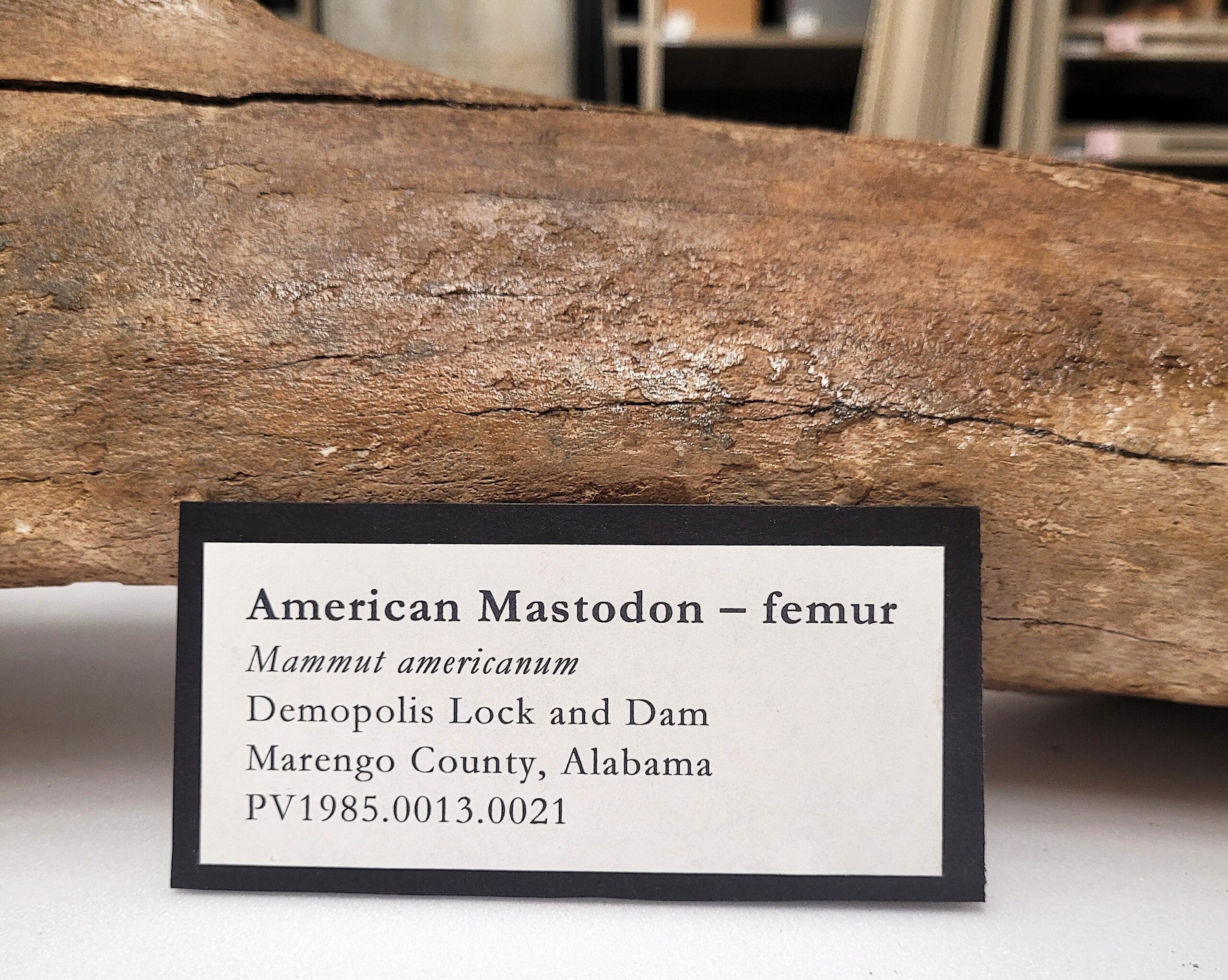
Many of those students stay on as volunteers and some end up with grant-funded employment or work-study positions. This kind of hands-on experience is not only a boon but indispensable for anyone interested in museums as a career.
But future scientists are not the only UA students to use the collections in class. “We have art classes that come in or writing classes that use the objects and specimens as inspiration for creative writing assignments,” Abbott said.
A place for community science
People sometimes contact the University hoping to donate specimens, often from an estate.
“We can’t take just anything someone wants to bring by,” Abbott said. The specimen’s condition, the information available on its discovery site, and whether the collections contain a similar specimen affect whether a donation might be accepted.
It isn’t often, but students sometimes contribute to the collections, immortalized with their name on a placard like the therapod-toe-bone finders of the fossil hunt. Most often that has been at UA-owned research site Harrell Station, which is the home of some of the state’s most thrilling paleontological finds.
The digital age has made it easier than ever for anyone to contribute to scientific knowledge. Abbott, whose area of specialty is Odonata, dragonflies and damselflies, is the creator of an online Odonata database similar to iNaturalist.
“I’m a big fan of community science,” he said. “In the Victorian period, it was very common for enthusiasts to become knowledgeable, contributing naturalists.” The result was huge physical collections that many of these hobbyists helped build, though the practice fell out of popularity. “But in the 21st century, people are contributing in even grander ways through digital collections.”
Abbott believes there is a place for both physical and digital collections. The internet connects researchers and community naturalists who might not interact otherwise, and there’s a lot of value in that. He cites the time he once helped a science teacher name and describe a new species thanks to a photo sent through his Odonata Central site.

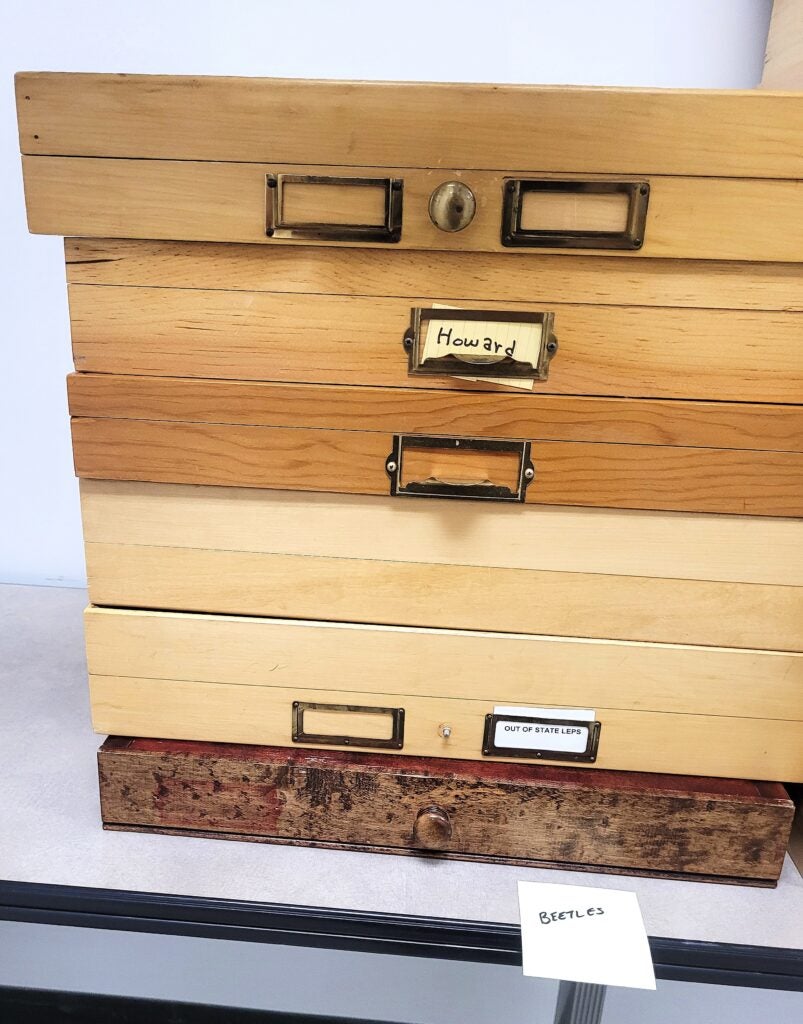
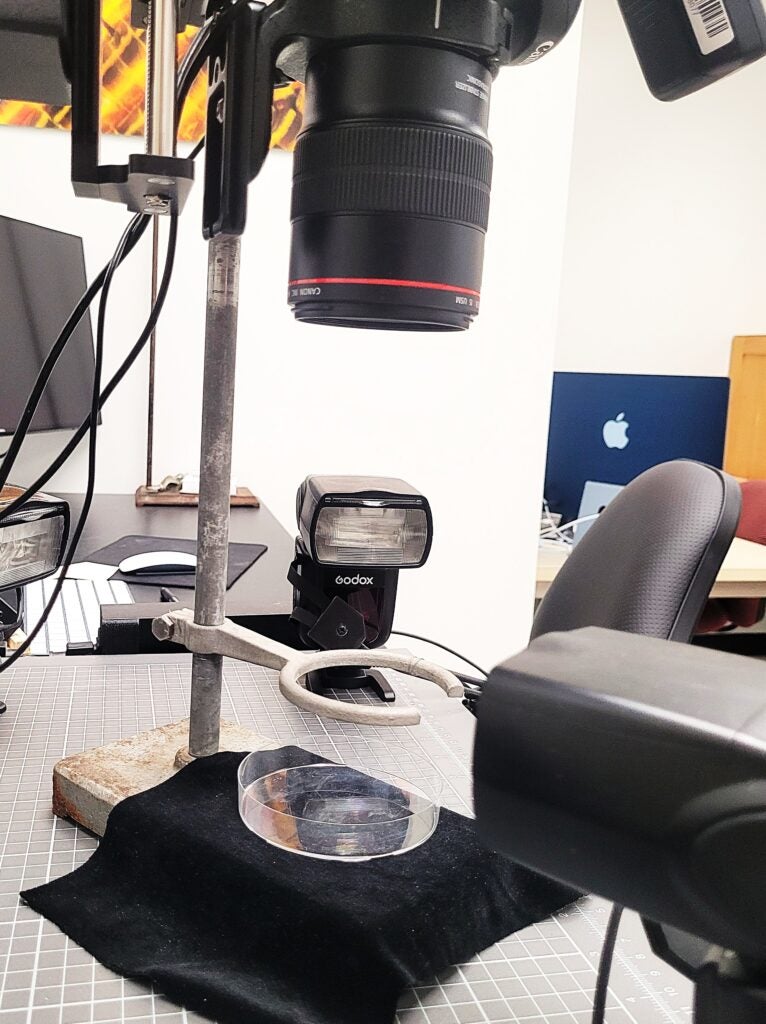
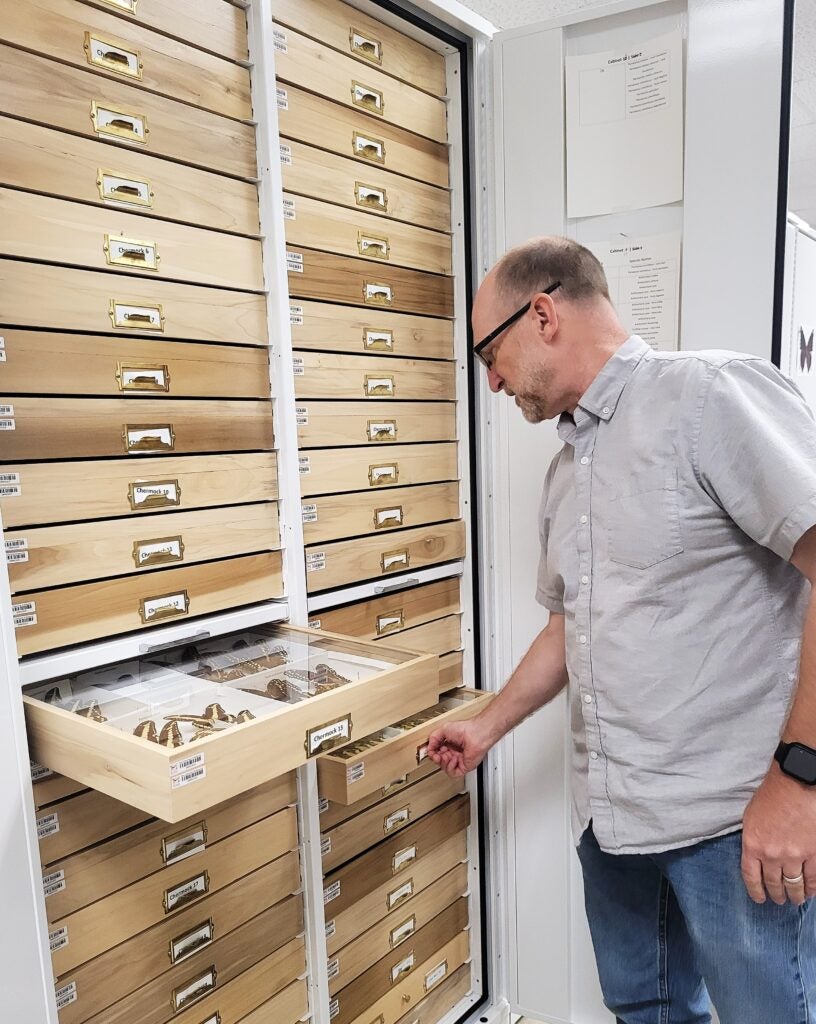
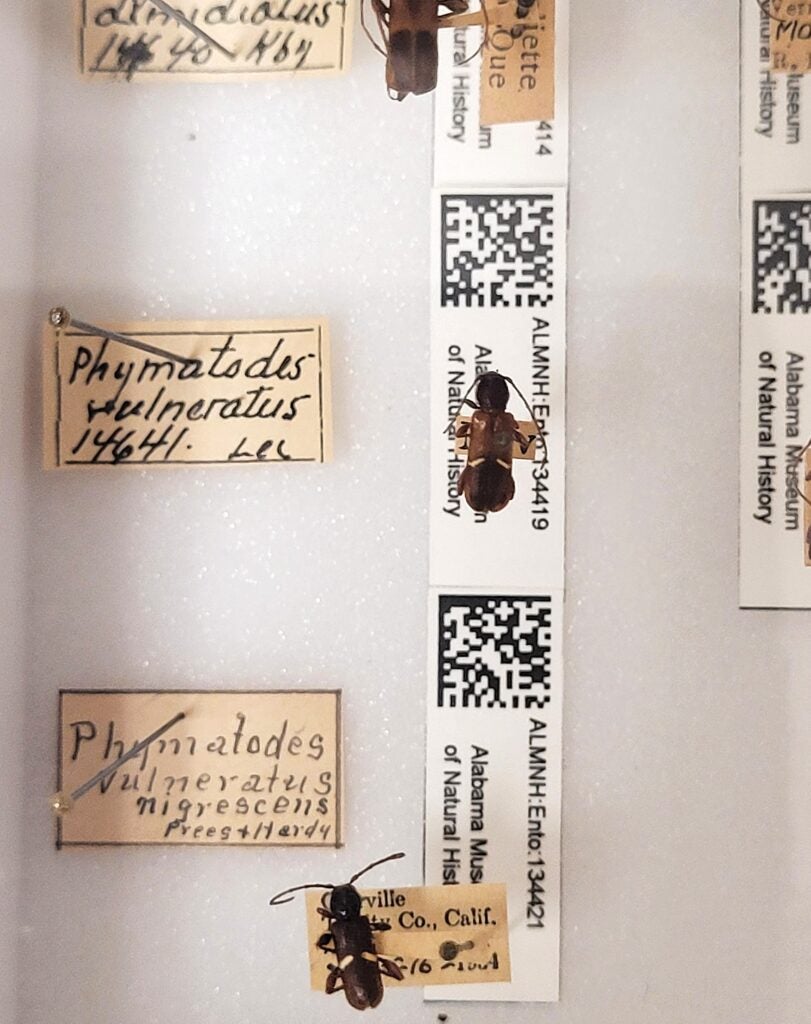
“But you can’t extract DNA or isotopes from a photo,” he notes. “You can’t flip a photo over and look at the morphological structure.”
In UA Research and Collections, he and the other curators have a vision to make these collections available both ways. “Somebody from Africa or Australia may never come physically put their feet down in our collections, but they’ll know what we have.”
Abbott wants to be sure the world knows what the UA natural history collections have to offer.
Spot the shark tooth
To see how you’d fare on a fossil expedition, try to spot the shark tooth in the photo below.
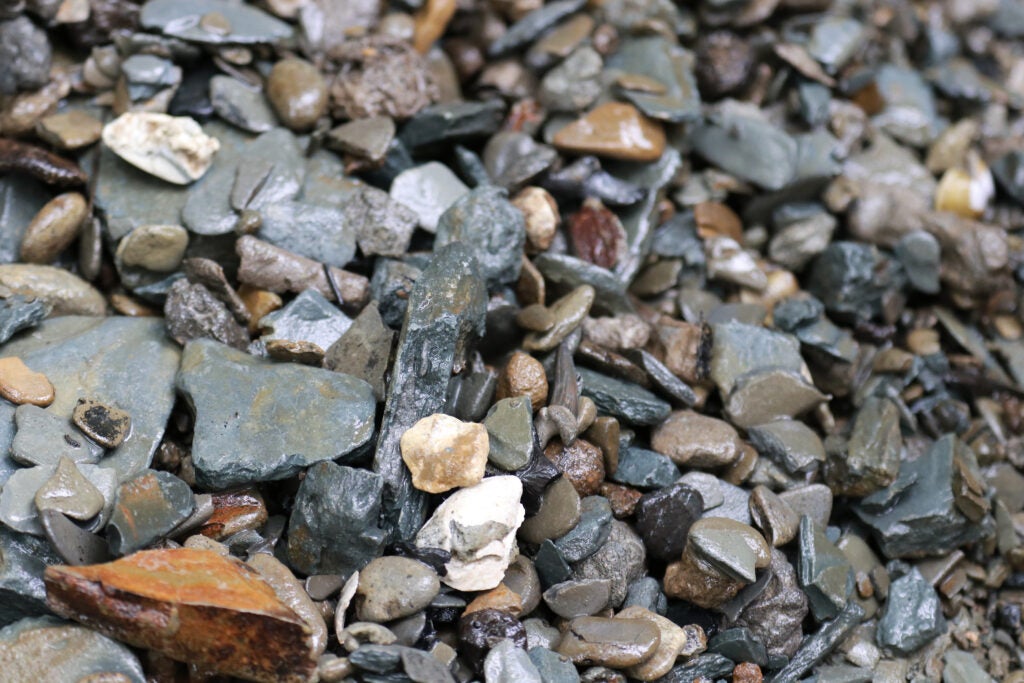
See the shark tooth revealed!
